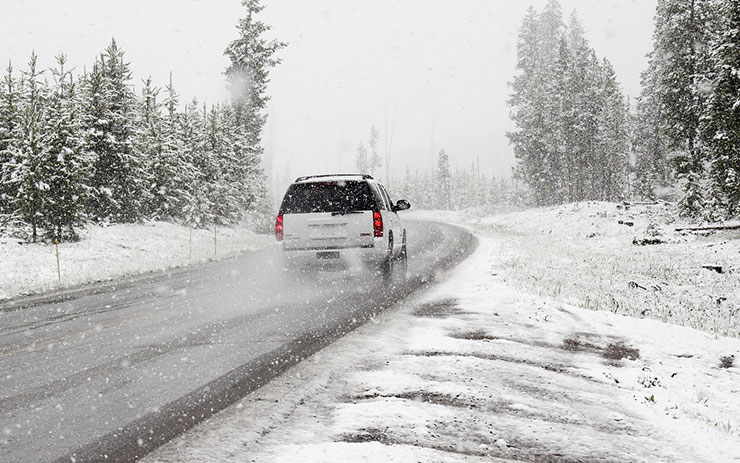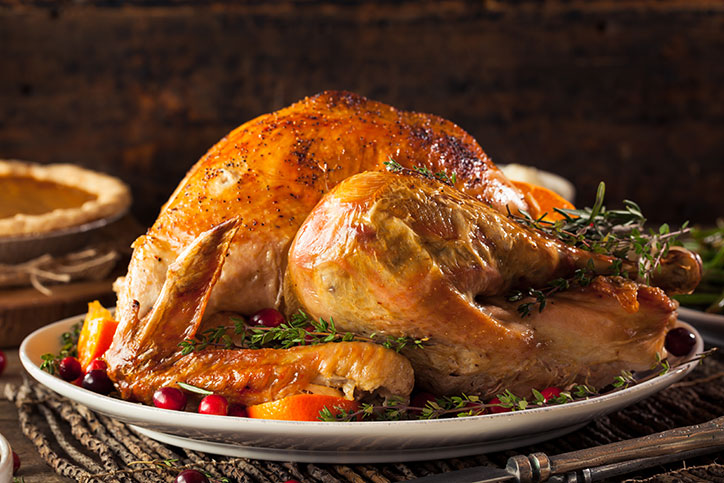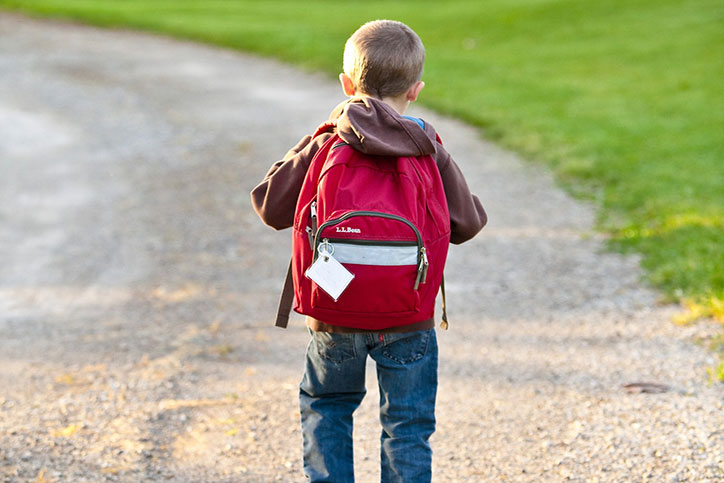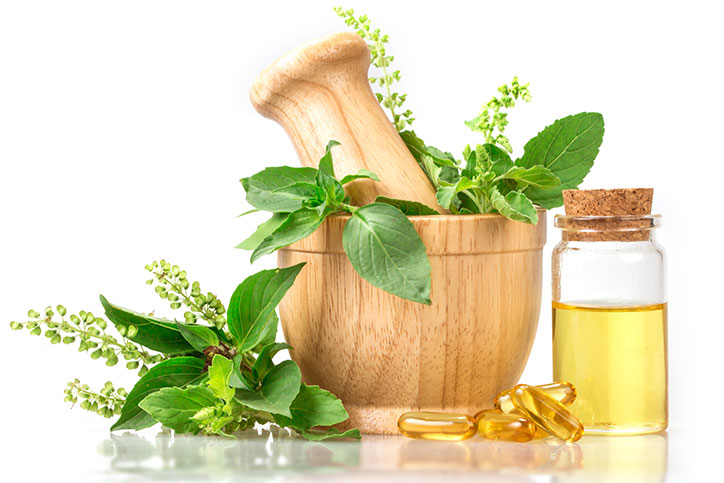“It’s natural, so it must be safe and good for you.” Talk about a sentence that makes almost every health care provider cringe. In this post, we will thoroughly bust the myth that all herbal, natural, or organic remedies, personal care products, and cleaning products are safe and non-toxic.
Poison Safety Archive
Poison Myths Busted: Will Children Eat Things that Taste Bad?

Sometimes, parents of young children will tell our poison specialists, “I don’t think he/she ate that much because it tastes bad!” But, is this true? Let’s dive deeper to thoroughly bust the myth that children won’t eat things that taste bad…or will they?
Winter Poison Safety

Each season brings different poison safety tips that we should keep in mind. Here, we share why you should keep carbon monoxide alarms and proper storage of winter’s hazardous materials in mind.
Alcohol: Is It Hiding in Your Home?

Think about how many places in your home where alcohol can be found. The obvious place is the liquor cabinet. But, what about the less obvious places? Read more to learn about the hidden sources of alcohol in our homes.
Toy Safety for Your Tiny Tots

Buying a present for a child this year? Chances are that at least one item on their list will be a toy. As you begin to shop for the holiday season, be aware that there could be hidden dangers for children in some of these gifts.
Let’s Talk Turkey: Food Safety 101

‘Tis the season for sharing special holiday meals with family and friends. Unfortunately, it is also the season for spreading germs and bacteria. Learn how to prevent food poisoning caused by some bacteria by following these food safety tips.
Common Substances that Keep the Calls Coming

In 2017, the Maryland Poison Center (MPC) responded to roughly 32,000 calls about exposures in people. Learn about the top three exposures for every age group based on the calls we received.
Back to School Poison Safety for All Ages

Tips and advice to help your family have a safe, healthy, and happy start to the new school year.
Making the Right Call

Knowing who to call is the critical first step in helping someone in need of assistance. This post will give you tips to help you make the right call.
Take Steps to Make Your Home Poison-Safe

June is National Healthy Homes Month. Learn what you can do to help protect your family against some common household hazards.

